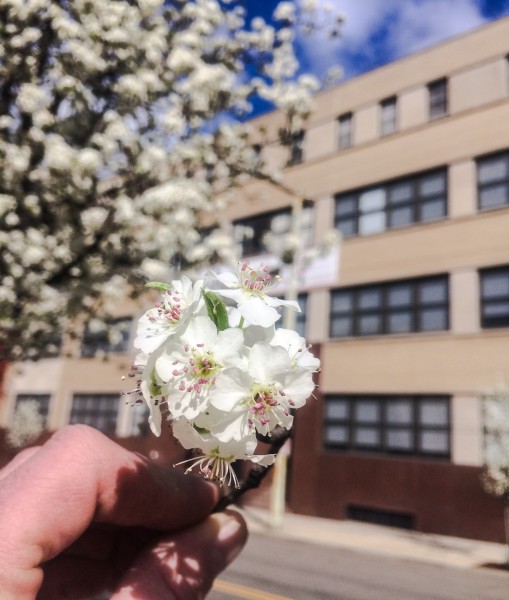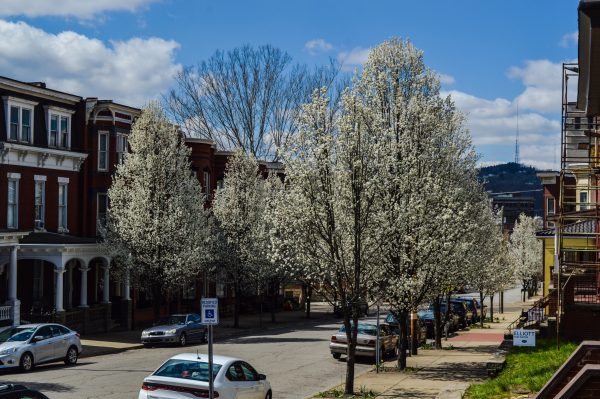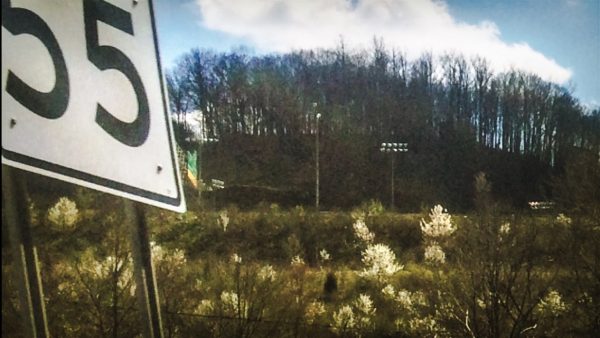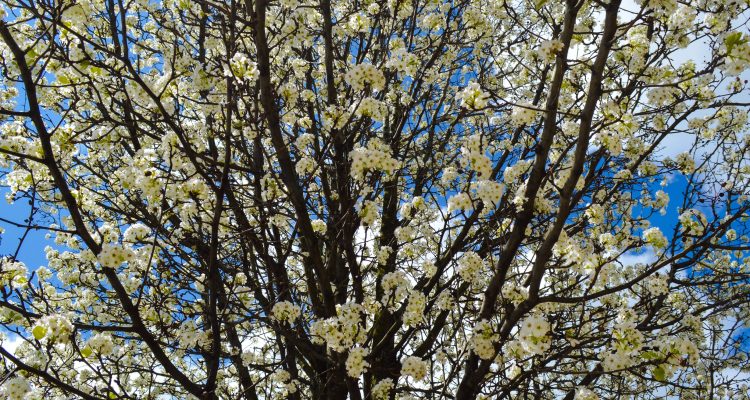Ahh, Springtime in downtown Wheeling.
I am new here. During the very hot August of 2015, I moved into the biggest house I have ever lived in.
It’s been a rather long journey getting settled in. The house was built 1897 in East Wheeling and had been empty for a few years. So I am still cleaning and doing triage-maintenance (and most likely will be for a while).
I like it here on 14th Street. It’s an urban row house with lots of free parking, except when that street cleaner guys comes by late at night twice a week.

It’s that free parking that led me to discover my first great nemesis in the neighborhood.
It was a rather warm fall, and our first real cold days didn’t really start till late December. One morning I came out to my car parked on the street, and it looked like a septic truck sprayed its haul all over my car.
It was kind of silly looking, so covered in brown clumps. That’s when I realized that on both sides of our street, up and down, the whole thing for blocks had been planted with the Callery Pear.
Sometimes called the Bradford Pear, it is native to China and Vietnam. I could not get the rotten stuff that fell from the ornamental pear off my car for weeks.
From this point on, I was no fan of these trees. Now it’s springtime. Yay!!! And they are in a beautiful white bloom.

Thus the reason so many cities in the U.S. have made the same mistake.
Pears are one of the world’s oldest cultivated and fruits with evidence of its use as a food since prehistoric times.
Early colonists brought the first pear trees to America’s eastern settlements where they thrived until the 1900s, when a blight was just too much for the pears brought from Europe.
That’s when my friend the Callery pear was brought to the United States because of its resistance of the blight.
By the 1960s the Callery pear ‘s popularity was big time as one of the most widely planted trees in cities in America.
Today there are a lot metropolises that are trying to rid themselves of this monster.

Its blooms are known to smell like rotten fish, but the real nuisance is it’s highly invasive — outgrowing most of the native plants and trees in the eastern United States.
Walking my dog up to the top of Jacob Street, I can see the existence of the planting of the Callery pear in the city of Wheeling as their white flowers contrast against the stark, post-wintered city sky. They are everywhere. Ugh. And as I drive east on I-70, there they are also now growing on the side of the highway.
Spread by birds heading up the hills to be our stinky, sticky tree kings.
I don’t blame Wheeling as a newcomer here, but I personally may ask the city to cut down the ones planted on 14th street and replace them with something a little more native.
(Photos by Charlie Kleine and Steve Novotney)




